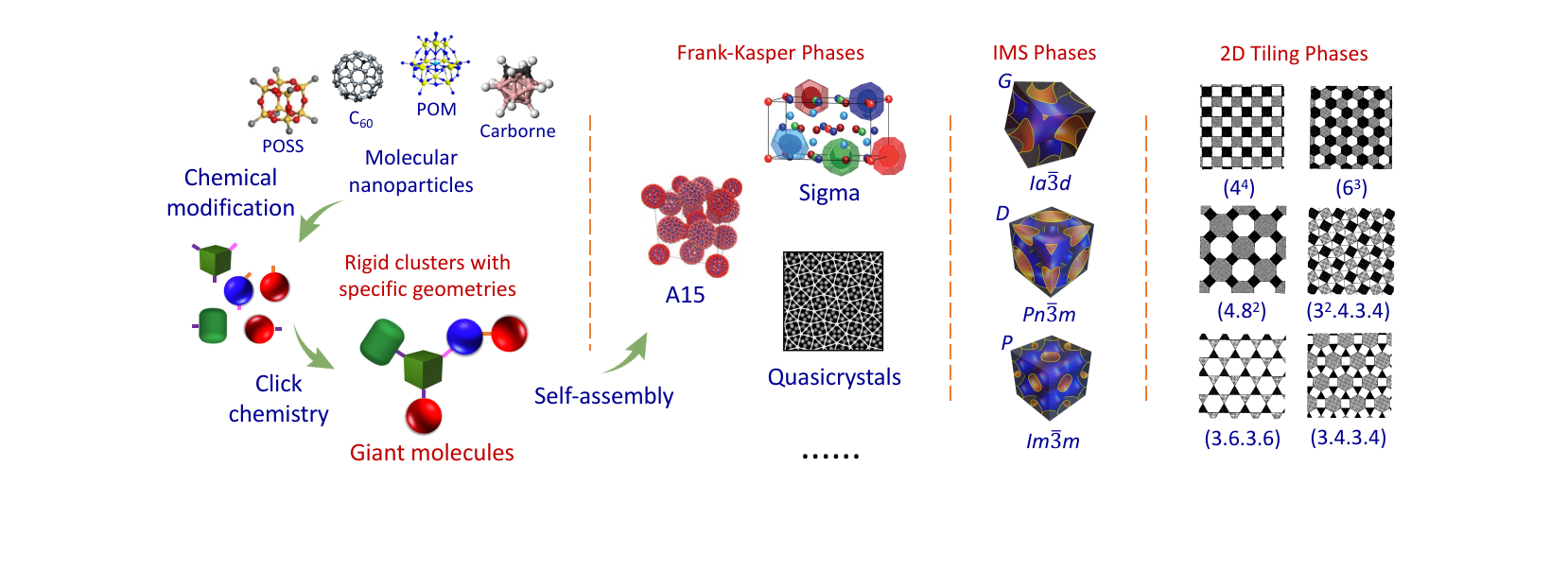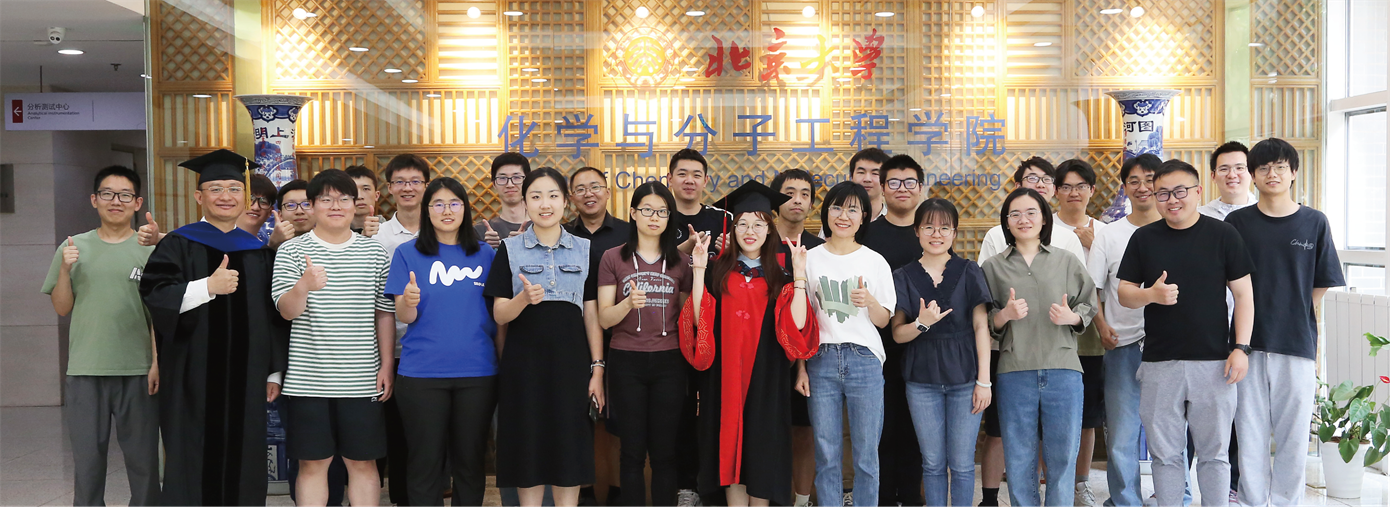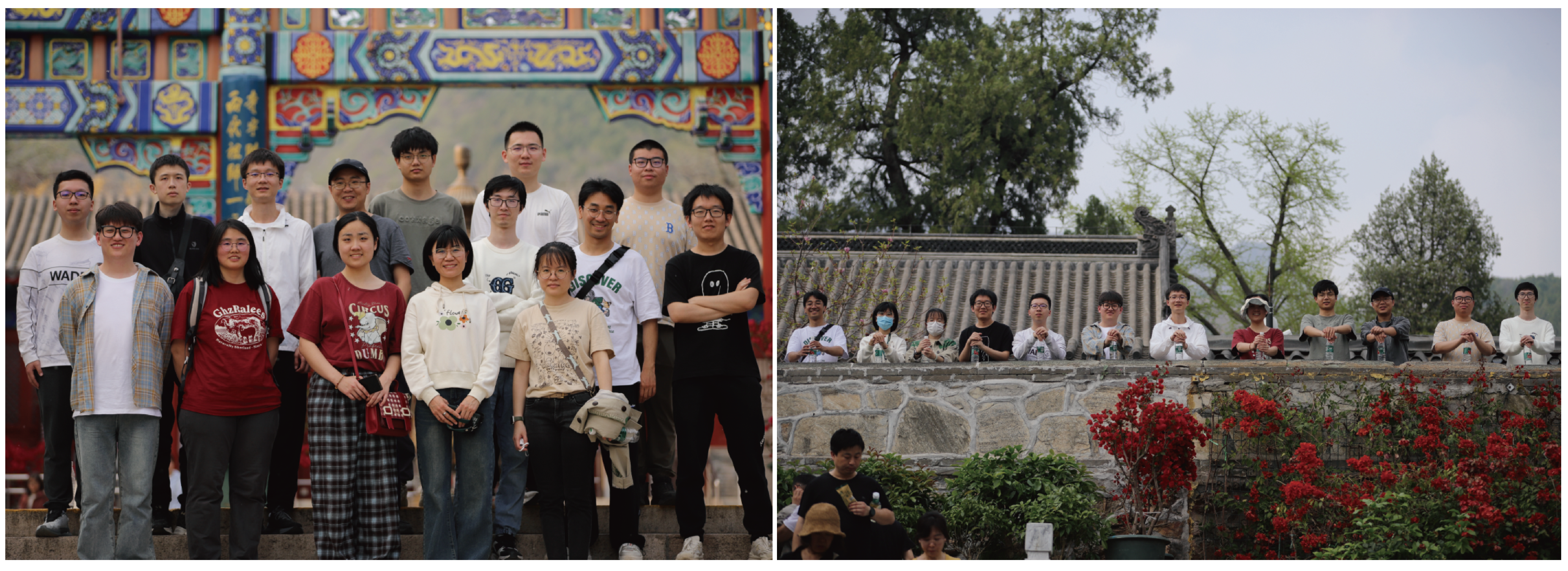Quotes
----------------------------------------------
-----------------------------------------------
在科学上没有平坦的大道,只有那些不畏艰险沿着陡峭山路攀登的人,才有希望达到光辉的顶点。
----马克思
-----------------------------------------------
Research Projects
Collaborations
------------------------------------------
请有兴趣的研究组联系我们。欢迎任何形式的合作,尤其是在自组装、水凝胶以及生物医药等方向的合作。
------------------------------------------
请有兴趣的研究组联系我们。欢迎任何形式的合作,尤其是在自组装、水凝胶以及生物医药等方向的合作。
------------------------------------------
Publications
12. Supramolecular Structure of β-Cyclodextrin and Poly(ethylene oxide)-block-poly(propylene oxide)-block-poly(ethylene oxide) Inclusion Complexes. Macromolecules 2010, 43, 9454-9461
Posted on:2016-04-29
Tsai, C.-C.; Leng, S.; Jeong, K.-U.; Van Horn, R. M.; Wang, C.-L.; Zhang, W.-B.; Graham, M. J.; Huang, J.; Ho, R.-M.; Chen, Y.;* Lotz, B.;* Cheng, S. Z. D. * Supramolecular Structure of β-Cyclodextrin and Poly(ethylene oxide)-block-poly(propylene oxide)-block-poly(ethylene oxide) Inclusion Complexes. Macromolecules 2010, 43, 9454-9461. [Link] [PDF]

Abstract
Supramolecular crystals were prepared via self-assembly of a series of inclusion complexes of β-cyclodextrin (β-CD) with poly(ethylene oxide)-block-poly(propylene oxide)-block-poly(ethylene oxide) (PEO-b-PPO-b-PEO) block copolymer. In this study, two PEO-b-PPO-b-PEO copolymers were used with different molecular weights for the PEO blocks. On the basis of two-dimensional (2D) wide-angle X-ray diffraction (WAXD) and selected area electron diffraction (SAED) experiments, the supramolecular crystal structure was determined to be a monoclinic lattice with a = 1.910 nm, b = 2.426 nm, c = 1.568 nm, and β = 111° for both inclusion complex systems. Each crystal unit cell contained four inclusion complexes. The space group was identified to be C2 symmetry based on the relationship among diffraction spot intensity and systematic extinctions. With the help of computer simulations of the supramolecular structure, the packing of inclusion complexes in the crystal lattice could be achieved. The simulated 2D WAXD fiber patterns and SAED patterns agreed well with the experimental results. Observations of the morphology in transmission electron microscopy combined with the [001] zone SAED patterns indicated that the supramolecular crystals are lozenge-shaped, bound by four (110) planes. Furthermore, the tethered PEO blocks were found to crystallize, and the c-axis of the PEO crystals was nearly parallel to the lamellar surface normal of the supramolecular crystals. The existence of PEO crystals resulted in additional proof that β-CDs are only selectively threaded onto the PPO blocks when forming the inclusion complexes. These PEO crystals acted as locks to prevent the dethreading of the β-CDs from the complexes and physically stabilized the supramolecular structure.
Supramolecular crystals were prepared via self-assembly of a series of inclusion complexes of β-cyclodextrin (β-CD) with poly(ethylene oxide)-block-poly(propylene oxide)-block-poly(ethylene oxide) (PEO-b-PPO-b-PEO) block copolymer. In this study, two PEO-b-PPO-b-PEO copolymers were used with different molecular weights for the PEO blocks. On the basis of two-dimensional (2D) wide-angle X-ray diffraction (WAXD) and selected area electron diffraction (SAED) experiments, the supramolecular crystal structure was determined to be a monoclinic lattice with a = 1.910 nm, b = 2.426 nm, c = 1.568 nm, and β = 111° for both inclusion complex systems. Each crystal unit cell contained four inclusion complexes. The space group was identified to be C2 symmetry based on the relationship among diffraction spot intensity and systematic extinctions. With the help of computer simulations of the supramolecular structure, the packing of inclusion complexes in the crystal lattice could be achieved. The simulated 2D WAXD fiber patterns and SAED patterns agreed well with the experimental results. Observations of the morphology in transmission electron microscopy combined with the [001] zone SAED patterns indicated that the supramolecular crystals are lozenge-shaped, bound by four (110) planes. Furthermore, the tethered PEO blocks were found to crystallize, and the c-axis of the PEO crystals was nearly parallel to the lamellar surface normal of the supramolecular crystals. The existence of PEO crystals resulted in additional proof that β-CDs are only selectively threaded onto the PPO blocks when forming the inclusion complexes. These PEO crystals acted as locks to prevent the dethreading of the β-CDs from the complexes and physically stabilized the supramolecular structure.






